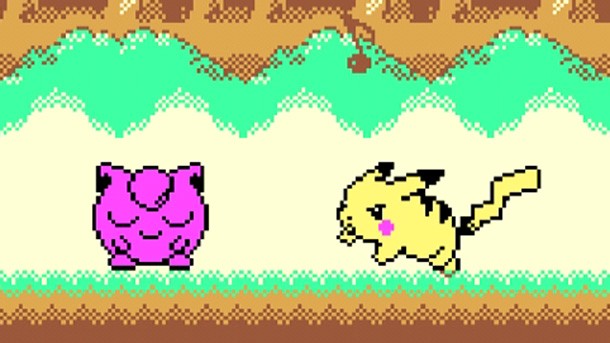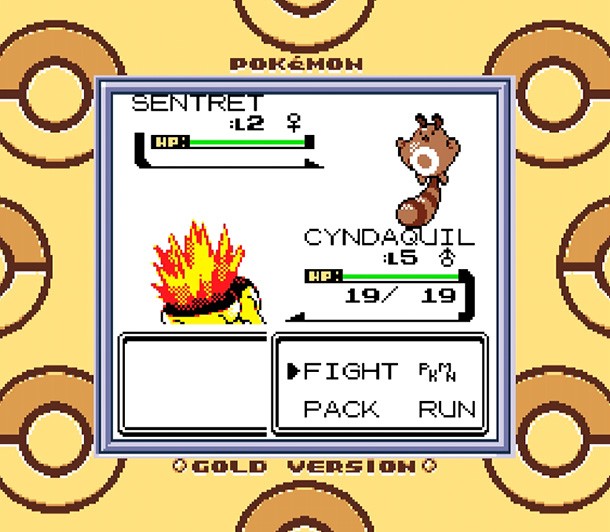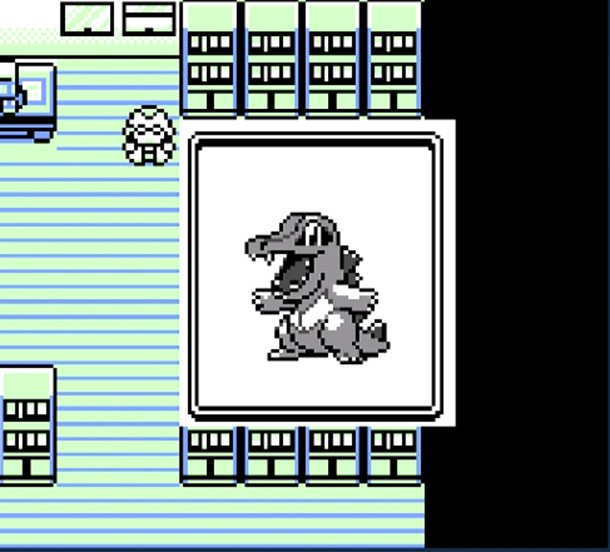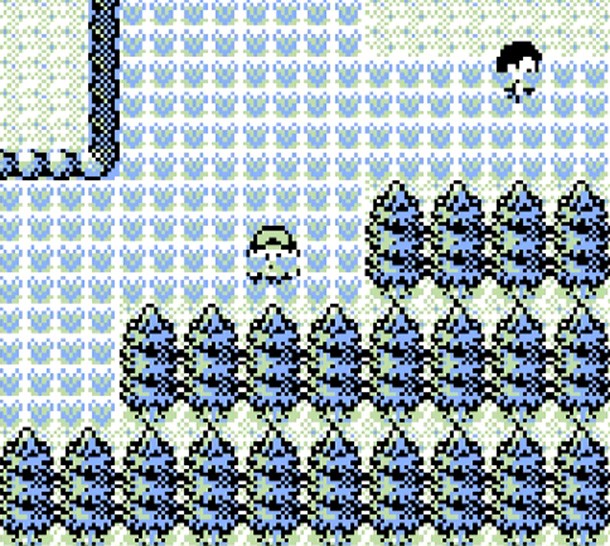Our extra-large special edition is here. Subscribe today and receive the 25% longer issue at no extra cost!
The History Of Pokémon Gold And Silver

Earlier this year, we traveled to Japan to visit Game Freak and learn all about the history of Pokémon. The result was a large feature all about the franchise that you can read in the September issue of Game Informer magazine, the one with Call of Duty WWII on the cover. Today, Pokémon Gold and Silver released on the 3DS Virtual Console, so we decided to post an excerpt from that feature covering those games.
Despite the massive success of Pokémon Red and Green (and Blue), Game Freak struggled with the development of Gold and Silver. The studio was feeling the effects of a six-year development cycle.
“After Red and Green came out, and the follow-up games, we didn’t have a lot of money. We were kind of out of money at that point because we had spent all the development funds and everything, so we needed to make some other games to stay in business,” Masuda says. Masuda worked as a programmer on a game that never released in America called Bazaar de Gosāru no Game de Gosāru at the same time he composed music for Gold and Silver.

When he moved over to Gold and Silver full time, the game wasn’t where it needed to be. “Development wasn’t going as well as we had hoped it would. At that point I kind of took over and we decided to make the game based on Kyoto, and we sort of rapidly developed the game [from that point on,]” Masuda says.
“We still didn’t have a formal development style at the time. It was a more gradual process.” Despite the financial and development issues, the game’s scope was never scaled back, for better or worse. “That was all of us just us trying our best, I guess,” Masuda says with a laugh.

The game still didn’t have a setting locked down. All that was in place were the names Gold and Silver. Masuda wanted the games to reflect old Japanese cities, and started researching the regions of Kyoto and Nara. “I knew I wanted to focus on towers, and those cities had those old kind of Japanese towers and that’s where the inspiration came from.”
Masuda recalls riding in a cab around the region talking to drivers to learn about the Toji tower of the east, and the sister tower to the west that had burned down. “In that sense, it was a different approach for what we did in Red and Green, caring about the setting,” Masuda says.

Satoru Iwata, Nintendo’s late president and CEO, was important to the development of Gold and Silver. He worked on making sure the localized versions were ready for release by analyzing the game’s code – not a task typically done by an executive. “That guy was a genius, “ Masuda says. “Even with Red and Green, he asked us to show him our source code, and within three days, he probably knew it better than we did [laughs].”
Gold and Silver famously includes two regions: Johto, the new region, and Kanto from Pokémon Red and Green. “With Red and Green, this material was still back when it was running on a two-megabit cartridge,” Masuda says, “And halfway through development we upgraded to a four-megabit cartridge, and as programmers were like, ‘Oh my god! Double the space!’” That freedom in size allowed the game’s scope to double.
At the time of release, Gold and Silver held the rare achievement of being the fastest-selling games ever.
For more on the history of Pokémon, you can check out the September '17 issue for a 12-page feature covering the franchise’s history, as well as online features and interviews linked below.
- Pokémon’s Developers Talk About Their Console RPG Debut On Switch
- Game Freak’s Origins And Its Pre-Pokémon Games
- Here's How Game Freak Designs Pokemon Creatures
- Game Freak On Player Freedom Vs. Story In Pokémon
- Discussing Our In-Depth Tour Of Game Freak
- Everything We Know About Pokémon On The Nintendo Switch
- Why Ruby And Sapphire Were The Most Challenging Pokémon To Make
- Game Freak's Director Share Their Favorite Pokémon Spin-Offs
- An Exclusive Look At Pokémon's Early Design Documents
- Pokémon’s Creators On The Anime: 'We Weren't Really Sure About It'
- Our Reddit AMA On Our Trip To Visit Game Freak
- Exclusive Reveal Of A New Mode In Pokémon Ultra Sun And Moon

Get the Game Informer Print Edition!
Explore your favorite games in premium print format, delivered to your door.
- 10 issues per year
- Only $4.80 per issue
- Full digital magazine archive access
- Since 1991








